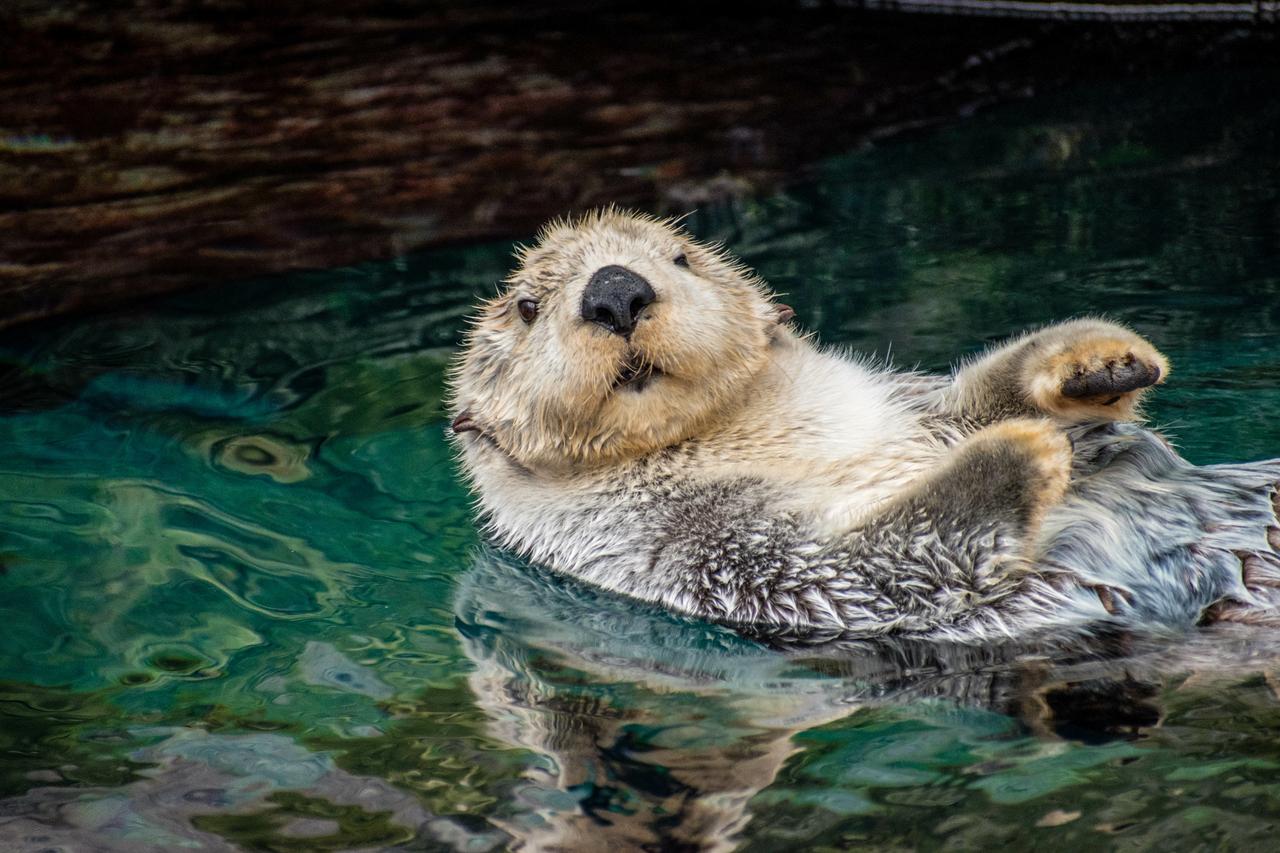
Frequent sightings of otters along the Black Sea coast have unsettled citizens in recent weeks.
The presence of the animals has led to both curiosity and concern. Experts remind the public that otters rarely attack people unless they feel threatened.
Professor Sagdan Baskaya from Karadeniz Technical University explained that otters live widely across the world and are common in Türkiye.
“The otter, a semi-aquatic mammal species, is distributed from the equator to the North Pole, across Asia, Europe, and North Africa. They live in rivers, lakes, and coastal areas of seas throughout all regions of Türkiye. They can be found at every elevation, from sea level to mountain peaks,” he said.

Baskaya noted that otters are not confined to water habitats.
“They can also hunt in forest, steppe, or agricultural areas located three to five kilometers away from the riverbanks,” he said. This adaptability allows them to survive across many landscapes, using both aquatic and terrestrial areas for food.
Their ability to shift between habitats reflects their resilience as predators. In Türkiye, otters are found in coastal areas, mountain streams, and even farmland that provides access to prey. This wide distribution helps explain why sightings have become more frequent in recent years.
What otters eat in Black Sea and across Türkiye
Otters play an important role at the top of the aquatic food chain.
“They are strong predators that are at the top of the food chain in aquatic ecosystems, capable of swimming very well and staying underwater for long periods,” Baskaya said.
Fish form their main diet, but otters feed on a broad range of species. “Other species they eat include frogs, snakes, water beetles, sea snails, freshwater snails, shrimp, sea crabs, freshwater crabs, and mollusks; small mammals like moles, forest mice, and field mice; large mammals like deer and roe deer and their young; waterfowl and their eggs; poultry such as chickens, geese, and turkeys; domestic species like sheep and goats; and in some regions, plant-based foods,” Baskaya explained.
This diverse diet shows how otters adapt to available food sources in different regions, making them both opportunistic and efficient hunters.

Although sightings have caused unease, experts stress that otters rarely attack humans.
Baskaya clarified their behavior. “They do not attack humans without provocation. If cornered, or if anything is done to their nest or young, they can attack humans,” he said.
He added that otters are mostly nocturnal but can adjust their patterns. “Otters are generally nocturnal. If there is little human pressure around, they can also be active during the day. They are more cautious in areas with high human activity,” he noted.

The presence of otters is considered an ecological advantage.
“The presence of otters in aquatic habitats is one of the main indicators of a generally healthy ecosystem,” Baskaya said. Their survival reflects water quality and biodiversity, making them valuable environmental indicators.
Yet otters also face significant risks. Baskaya listed factors such as water pollution, food shortages, habitat destruction, poaching, traffic accidents, and deaths linked to fish traps.
Despite these challenges, populations in Türkiye remain at medium or above levels, and experts describe their overall condition as stable.